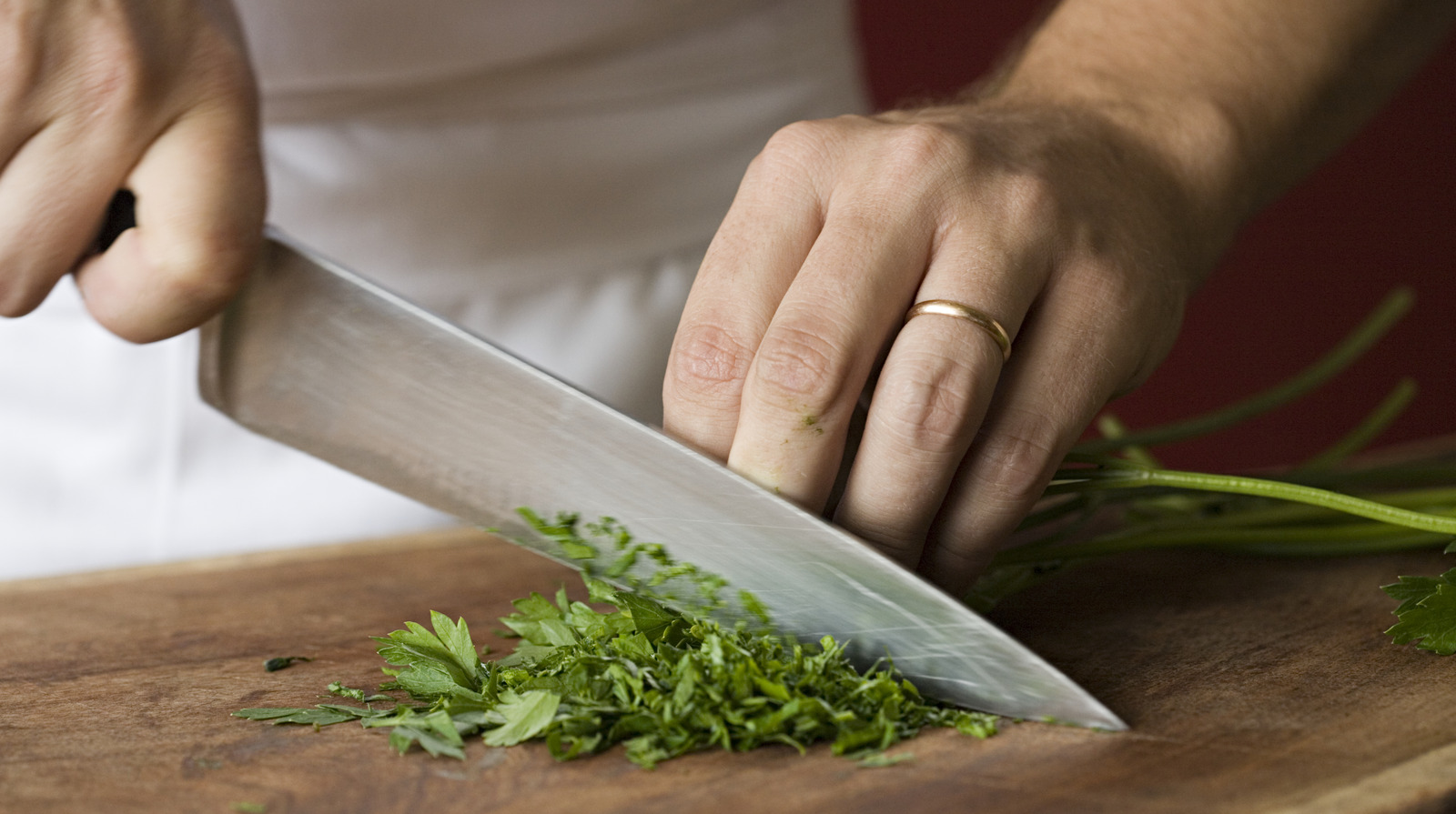Have you ever found yourself searching for the best way to clean an old cutting board? As kitchen professionals, we know how essential it is to maintain our tools, especially those we use daily for food preparation. A cutting board undergoes daily abuse with every chop and slice, often leading to the accumulation of bacteria, stains, and odors. In this article, we will discuss effective methods for cleaning and maintaining your cutting board, ensuring it remains a terrific tool in your culinary arsenal.
A cutting board can be made from various materials, such as wood, plastic, or bamboo, and each type has different cleaning requirements. Therefore, understanding how to care for your various boards is critical. Let's dive into the life-changing techniques that will not only ensure hygiene but also enhance the longevity of this kitchen essential.

Understanding Your Cutting Board
Before we delve into the cleaning techniques, its vital to understand why maintaining your cutting board is crucial. Bacteria thrive in the grooves of damaged boards, making them a potential health hazard. Regular cleaning can prevent cross-contamination and keep your food safe.
Identifying the Material
Cutting boards can vary in material:
- Wood: Beautiful and durable, but require special maintenance.
- Bamboo: Eco-friendly but can be more prone to cracking.
- Plastic: Easy to clean but may require frequent replacement if scratched.
How to Clean an Old Cutting Board
Your methods for cleaning an old cutting board will depend on its material. Here are some industry-approved techniques:
1. Cleaning Wooden Cutting Boards
For wooden boards, use the following method:
- Start by scraping off any food particles using a bench scraper or spatula.
- Wipe down the board with hot soapy water and a sponge. Avoid soaking the board.
- For stubborn stains, sprinkle baking soda or kosher salt on the board and scrub with half a lemon.
- Rinse thoroughly and dry immediately with a clean towel.
- Occasionally oil your wooden cutting board with mineral oil to keep it moisturized. Learn more in this oil and maintenance guide.
2. Cleaning Bamboo Cutting Boards
Bamboo boards can be cleaned similarly to wooden boards but require light scrubbing due to their density:
- Use hot, soapy water and a soft sponge to clean the surface.
- For persistent stains, use distilled white vinegar to wipe down the surface.
3. Cleaning Plastic Cutting Boards
Plastic cutting boards can be efficiently cleaned as follows:
- Wash with hot soapy water and a sponge.
- For deep cleaning, place in the dishwasher.
- Use a mixture of vinegar and water to sanitize and eliminate odors.
- For tougher stains, a diluted bleach solution (1 tablespoon bleach per gallon of water) can be effective, just ensure to rinse thoroughly afterward.
Why Cleaning is Important
Regular cleaning and maintenance of your cutting board don't just extend its lifespan; they also ensure that you are practicing good food safety protocols. The practice of using different colored boards for various food types, as discussed in color coding, can help avoid cross-contamination. Understanding which color to use can further elevate your practices in a professional kitchen.
Additional Care Tips
Here are some additional tips to enhance your cleaning routine:
- Sanitize your board regularly, especially after preparing raw meat or fish.
- Store your boards upright to prevent moisture buildup.
- Avoid cutting acidic foods on wooden boards to prevent damage.

FAQ
1. How often should I clean my cutting board?
Clean your cutting board after every use, especially after cutting raw meat or fish. Regular maintenance is key to preventing bacteria buildup.
2. Can I use bleach to clean a wooden cutting board?
It is not recommended to use bleach on wooden cutting boards as it can damage the wood and leave a toxic residue. Stick to natural cleaning solutions like vinegar and baking soda.
3. How can I remove odor from my cutting board?
A mixture of lemon and salt can effectively remove odors. Rub the mixture over the surface and let it sit for a few minutes before rinsing.
As an Amazon Associate, I earn from qualifying purchases.


























